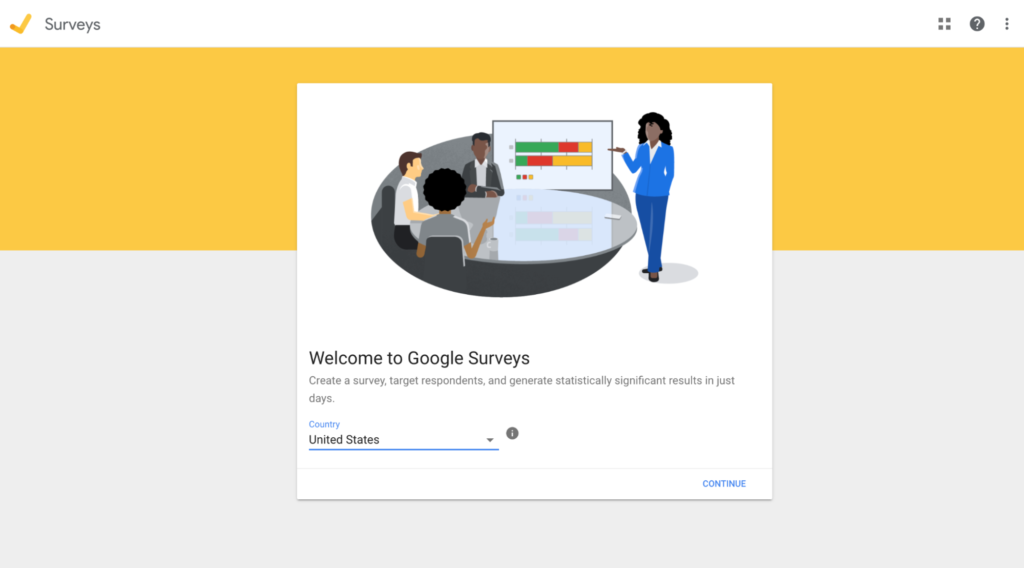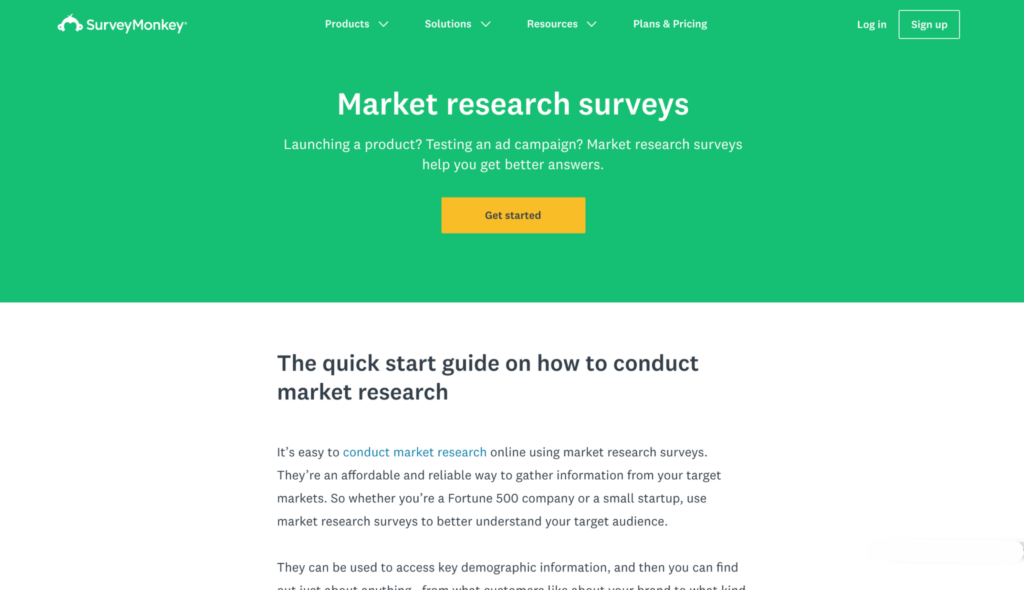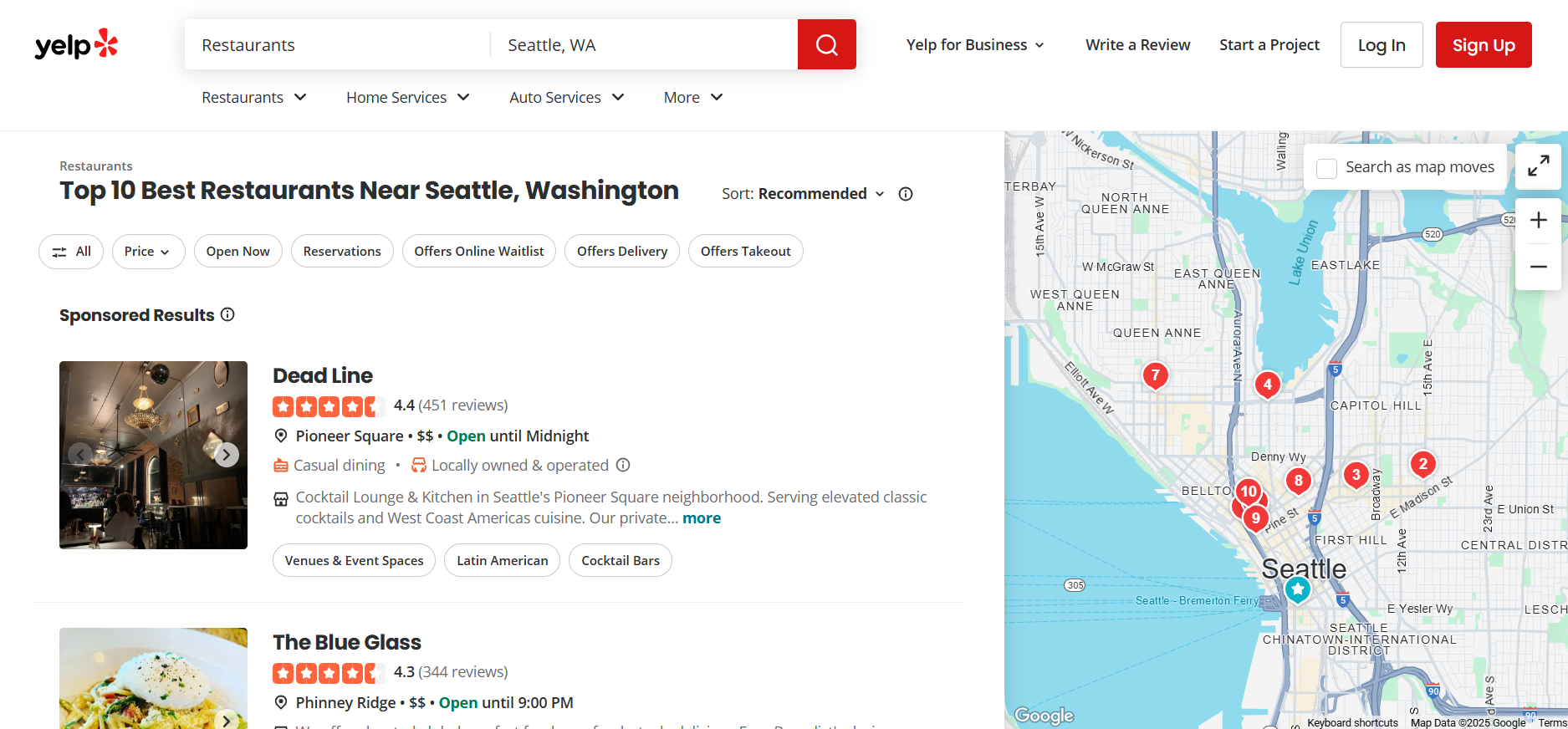Disclosure: This content is reader-supported, which means if you click on some of our links that we may earn a commission.
Customers today have a wealth of tools and information available to empower them. They can research their own products or services and make independent purchase decisions.
If you want to sell to these customers, you need to really understand who your buyers are, your target market, and what factors influence your target customers’ purchase decisions and behavior.
Any critical business decisions you make to disrupt your target market must be backed by solid market research, which is also your secret tool to identify revenue-boosting opportunities.
Read on as we explain how to do market research to keep your business’s competitive edge sharp and help you realize your business goals.
Why Doing Market Research is Worth It
Market research can help any company, service provider, individual, or organization make more informed decisions. The more research that is embedded in a firm’s strategies, the better equipped it is to deal with the changing environment in which it operates.
It helps to know everything you should know about your target market and keep up with the latest marketing trends, putting you on the fast track to boost brand awareness and conversions.
Here are a few more advantages of doing market research:
- Strengthens your market positioning
- Minimizes investment risks
- Identifies potential threats and opportunities
- Provides revenue projections
- Evaluates a business’s success against benchmarks
- Assists businesses to stay ahead of the competition
Multi-billion companies like Apple, Google, and Microsoft spend millions in analyzing consumer behavior to know what their market wants. Considering their monopoly on the market, we can safely say doing market research has turned out well for them.
If it wasn’t clear already, market research is certainly important, regardless of your business size, industry, or type.
The Investment Needed to Doing Market Research
Asking the cost of doing market research is similar to walking into a car dealership and asking how much a new car costs. The only answer you’ll hear is: “It depends.”
The “average“ cost of market research can vary from a few thousand to even millions of dollars. It boils down to the size of the sponsoring company, the level of analysis and reporting required, and the complexity of the offering.
Still, to give you a better idea, here are some estimates determined by Vernon Research:
- Individual in-depth interviews: Consumer interviews cost $200-$300 per interview plus incentives, while business interviews cost $300-$500 per interview plus incentives. Factors influencing the cost are the total number of interviews, whether they are conducted masked or not, and the incidence rate.
- Focus groups: $4,000-$6,000 per group plus participant incentives. If travel is required, you’ll have to pay extra. Factors influencing the cost include the number, location, and makeup of the group.
- Online surveys: Quantitative online studies fielded in the U.S. generally cost between $15,000 and $35,000 for consumer research and between $20,000 and $50,000 for B2B research. Again, conducting international surveys will increase this range. Factors affecting the cost include sample goals, the incidence rate, whether they are conducted masked or not, incentives needed, and the analysis and reporting level required.
You’ll also need reliable and effective online survey software and tools when doing market research. While there are tons of options in the market, we highly recommend SurveyMonkey.
SurveyMonkey is an online service software that helps you create and run professional online surveys. You can use it to create surveys, polls, and quizzes to gather feedback and transform them into tangible data. Starting from $25 per month, the software is incredibly affordable and comes with a free version, as well as a free trial.
In terms of time investment, conducting typical market research takes about six to seven weeks. It’s pretty standard for small projects, comprising around 10-30 in-depth interviews or four to eight focus groups. Of course, larger projects will take longer.
6 Steps to Do Market Research
Market research is a time-consuming and elaborate project. Follow the steps below to conduct a straightforward and effective market survey stress-free.
Step #1: Determine Your Market Research Purpose
Some companies research to analyze past problems to decrease future risks. Others prefer deep-diving into past successes to understand how to ensure better outcomes.
Similarly, you may want to conduct market research for different reasons. Maybe you want to assess business threats or eliminate bottlenecks. Or perhaps you want to identify and maximize available opportunities.
Determine whether the analysis is for internal or external purposes. While the former includes activities like improving cash flow or business operations, the latter involves things like trying to convince lenders to give you a business loan.
The kind of research you do depends on your analysis’ purpose. For instance, if you want to conduct a study to improve cash flow, you probably won’t need as much data as you would when conducting a study for external purposes. It’s crucial to know why you want to research your market.
Step #2 — Establish Your Target Customers
Not everyone can be your target customer, and that’s okay.
Identify your target customers by doing something known as a target market analysis. Find out who your customers are and where they come from. Conduct quick research to determine the following factors of your target audience:
- Age
- Gender
- Location
- Income
- Occupation
- Education level
- Marital or family status
Knowing the above information will help you define your target customers and find out their needs, interests, demographics, and personalities. Of course, different customers will have different characteristics, which is why the idea here is to compile different personas or profiles to represent your typical customers.
This will allow you to cater to future customers and the market more efficiently.
Your potential customers may also evolve or change as your business grows. Therefore, revisiting and redefining your target market periodically will keep you up-to-date with the latest trends and preferences.
Step #3: Analyze the Competition
Understanding your competition is a critical aspect of doing market research.
You should know who your competitors are and who they are trying to target. Not only will this make you more aware of your (and their) strengths and weaknesses, but it’ll also give you crucial insights for effective strategizing.
Research what other businesses are out there, and make a list of all your competitors. Observe their offerings, location, targeted customers, and shortcomings.
You can do a SWOT (Strengths, Weaknesses, Opportunities, and Threats) analysis to determine where you stack up against your competition. After that, rank all your competitors from most to least threatening, and then analyze how your business fares against them.
Be completely honest during the analysis. It’ll help you get an accurate representation of your business‘s positives and negatives, as well as its overall positioning in the market.
Step #4: Choose Your Type of Research
Select the kind of marketing information you use for your market research. Here’s how to go about this:
- Decide whether you want primary or secondary information for your research.
- If you select primary information, decide the format. For example, you could invite current clients to participate in interviews or ask your social media followers to participate in an online survey. Google Surveys is another excellent platform to get responses from your target consumers and the general public.

- If you select secondary information, decide what sources to investigate. However, before looking elsewhere, check if the government has provided any research on what you need. Google searches can always point you to other secondary information sources, including industry organizations.
Step #5: Obtain Relevant Data
Your research data should be unbiased, factual, and relevant. You must also be able to back it and use it to make well-informed decisions.
Naturally, you should only refer to highly credible sources to gather additional data. These include:
- Trade journal articles
- Competitors’ strengths and weaknesses
- Target market surveys or questionnaires
- The Bureau of Labor Statistics
- The Census Bureau
- State and local commerce websites
- Information from interviews or focus groups within your target market
Next, it’s time to actually do the research. Below we’ve discussed three effective ways to get customer research.
The first method is to interview your own customers. You can interview customers over the phone, in person, or virtually.
A good rule of thumb is to speak to 10 to 15 individuals—individuals who are an actual part of your target audience. Ask them politely for 30 minutes of their time and be prepared with your list of questions.
If you want to record the interviews, make sure you ask respondents for their permission. Alternatively, you can hire someone to take notes too.
Keeping an unbiased approach is incredibly important here. Don’t coach or guide respondents into giving answers that you want to hear. Instead, encourage honesty and remain neutral throughout the interview. Your job is to get their genuine thoughts—not to disagree or argue with their perceptions.
The second method is to hold focus group sessions. A focus group usually comprises eight to 10 participants.
You can create in-person or online focus groups to get insights regarding your research topic. Online conferencing tools, trade shows and conferences, and local libraries and community centers offer tons of opportunities to conduct interviews and focus groups.
But the most crucial aspect here is to handle the discussions tactfully. Otherwise, you won’t get the answers you’re looking for.
Start by introducing respondents. Inform everyone how there are no incorrect answers and that everyone’s opinions are valid and valued. Then guide them through a discussion (prepare this ahead of time) to get the ball rolling.
The third method is to conduct surveys. Surveys are arguably the best technique for gathering customer feedback.
Today, most customer surveys are done online using a professional survey tool. You can use SurveyMonkey to design and circulate customer surveys for collecting data faster. Simply set up a survey and email a link, and you’ll be done.

Be sure to include directed questions to collect demographic or firmographic data (such as ZIP code, age, title, gender, industry, purchase frequency)—or any other data you need but don’t already know. This will help you analyze data with specificity. Follow this up by asking substantive questions for your research.
Another way to collect data is by observation. Observe your customers’ or company’s past or present behavior to predict future purchasing decisions. You can also utilize market segmentation, customer journey mapping, and brand tracking tactics to predict past behavior.
Don’t forget to record and document your results! To simplify this, you can use an AI-powered analytics engine to automatically collect feedback from surveys and produce results in real-time on your dashboard.
Step #6: Analyze Your Findings
At this stage, you should have all your data documented and all set for analysis.
Start by laying out all your findings and organize them into different sections—your purpose, target market, competition, among others. Additionally, include an overview of your findings, projected market share percentage, industry outlook, and buying trends.
Here are a few other things you can include in your final analysis:
- Prices of your products and the discounts you plan on offering
- How much your customers are willing to pay
- Cash flow projections
- Forecasted business growth
- Your target customer groups
- Results of your other analyses
Next Steps
After market research, it’s action time!
Put all that extensive research into action to achieve the results you wanted. If you conducted research for internal purposes, use your findings to improve your business and make your processes more efficient.
On the other hand, if the research was for external purposes, speak with lenders about your research and conclusions. Since you’ll have well-researched data backing up your statements, it’s highly likely for them to agree with your plans and opinions.
Want to take your business to the next level? Here are other Crazy Egg guides to get you started on the right track:






